Understanding the Role of Texture in Brand Identity
In the evolving realm of brand design texture plays a role by going beyond visuals and triggering a tactile experience in the minds of consumers. Let’s shed light on the essence of texture in design delving into its impact and how it reinforces brand personality. This sets the foundation for an understanding of why texture holds significance in branding.
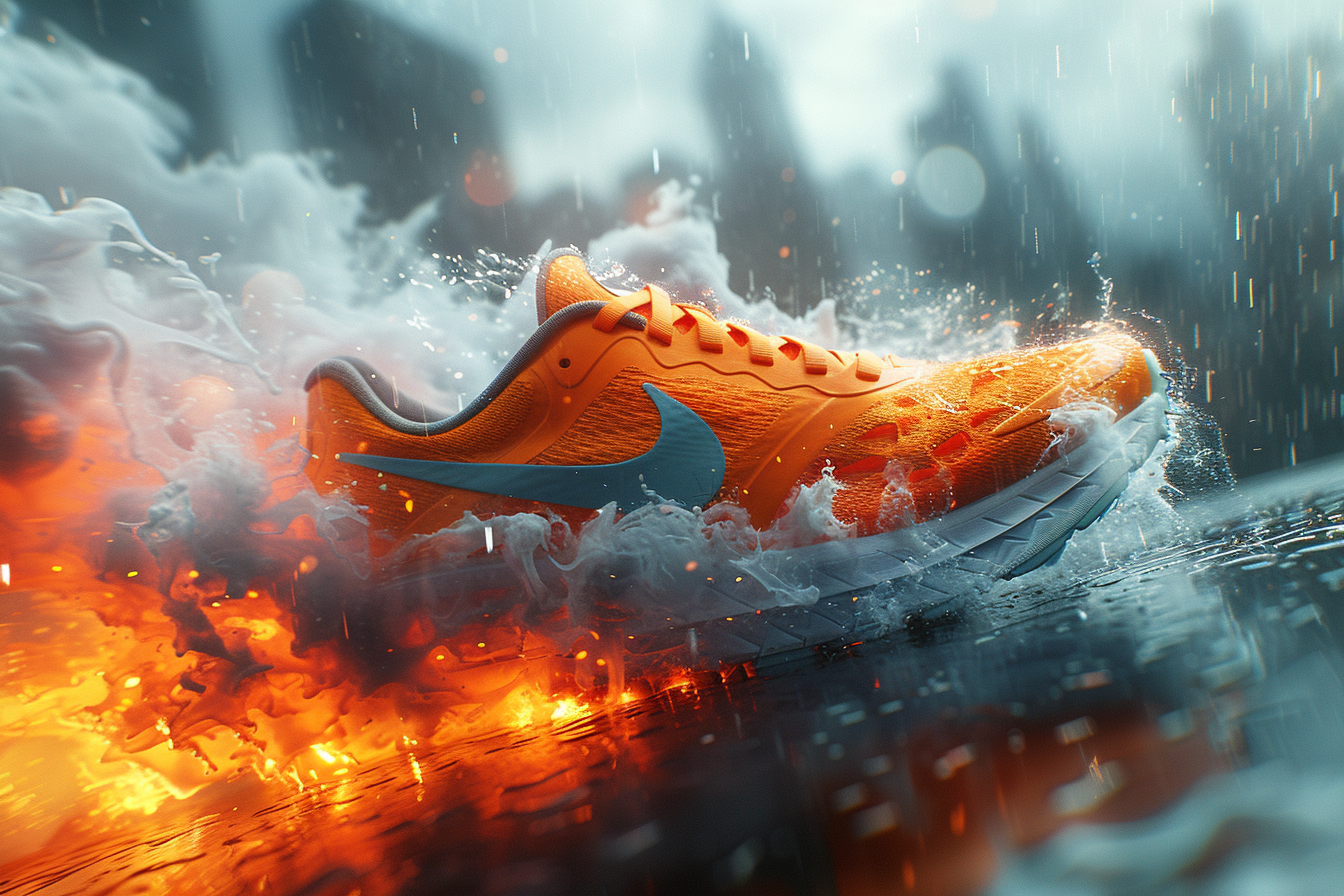
Introduction to Texture
Within design, texture refers to how a design element appears or feels on surfaces whether it’s a physical product, packaging material, or digital interface. It’s what gives us an idea of how something might feel if we were to touch it creating an experience that greatly enhances the allure of a brand’s assets. Whether it’s the polished interface of a cutting-edge gadgets website or the rugged and natural touch of eco packaging texture speaks volumes about what values and offerings a brand embodies, for its audience.
The Emotional Impact of Texture
Texture possesses power as it can evoke emotions and sensations making the brand’s message more tangible. The feel of velvet can evoke a sense of luxury and comfort appealing to our desire for opulence and sophistication. On the other hand, a gritty texture can communicate ruggedness and durability resonating with those who value adventure and resilience. This emotional connection is crucial as it helps create a bond between the brand and its customers taking the brand experience beyond visuals.
Learn more about the power of emotional branding:
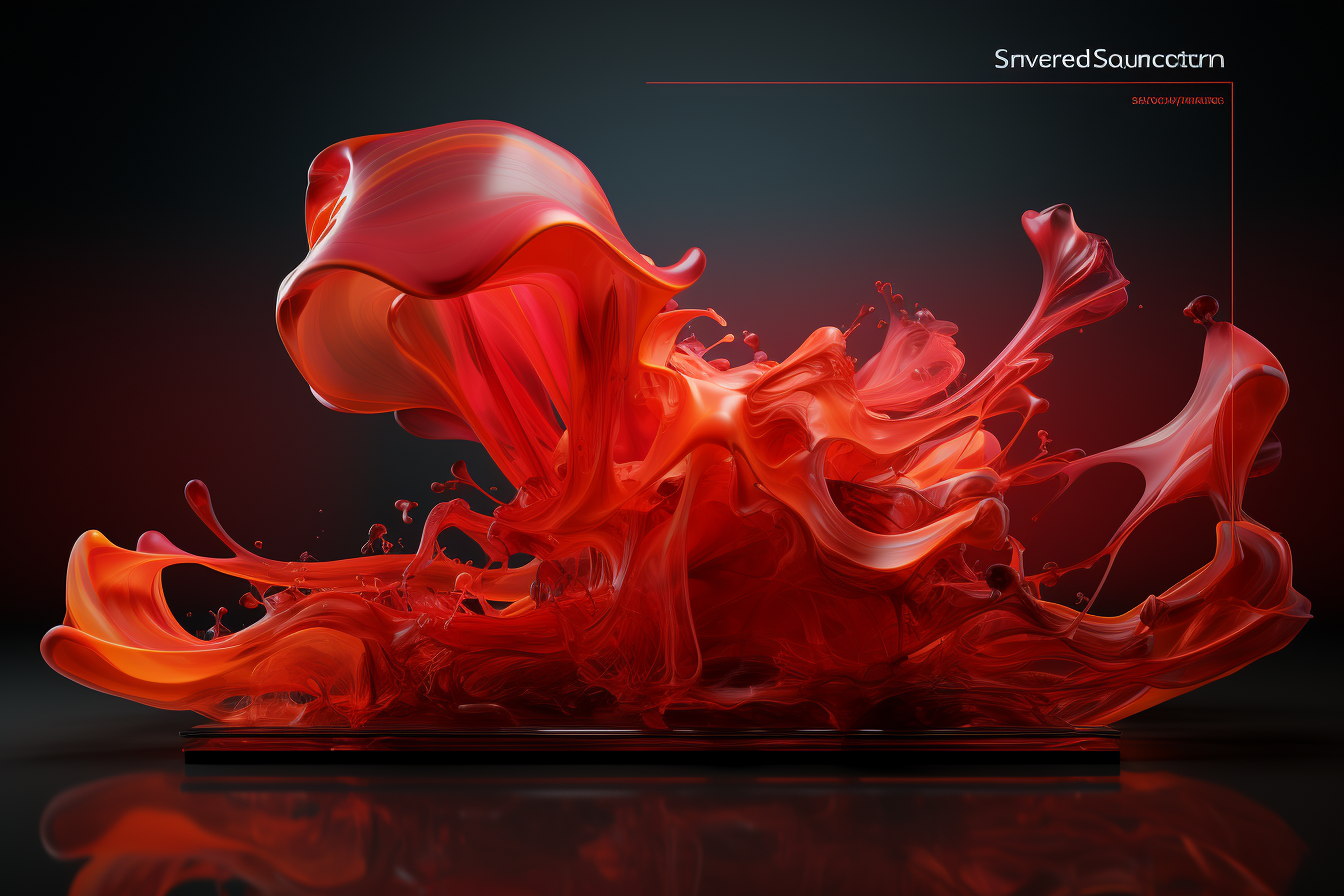
Texture and Brand Personality
Texture acts as a reflection of a brand’s personality allowing brands to express their identity fully. It involves aligning the texture with the brand’s core values and the message it wants to convey. For example, a brand that values heritage and tradition may incorporate textures that evoke a timeless feel like leather or linen. Conversely, a tech-forward company might choose textures that symbolize innovation and precision.
The choice of texture can subtly influence how consumers perceive the brand making it more relatable and authentic. It’s not about aesthetics but about infusing the essence of the brand into every interaction point. For instance, when a luxury brand uses textures in its store design, packaging, or even its online presence it reinforces feelings of exclusivity and high-quality service.
Moreover, texture plays a role in setting a brand in a competitive market. In industries where competitors offer products or services having a planned texture strategy can be the key to capturing consumers’ attention and loyalty. It adds a dimension to the brand identity making its products and services easily recognizable and preferred by the target audience.
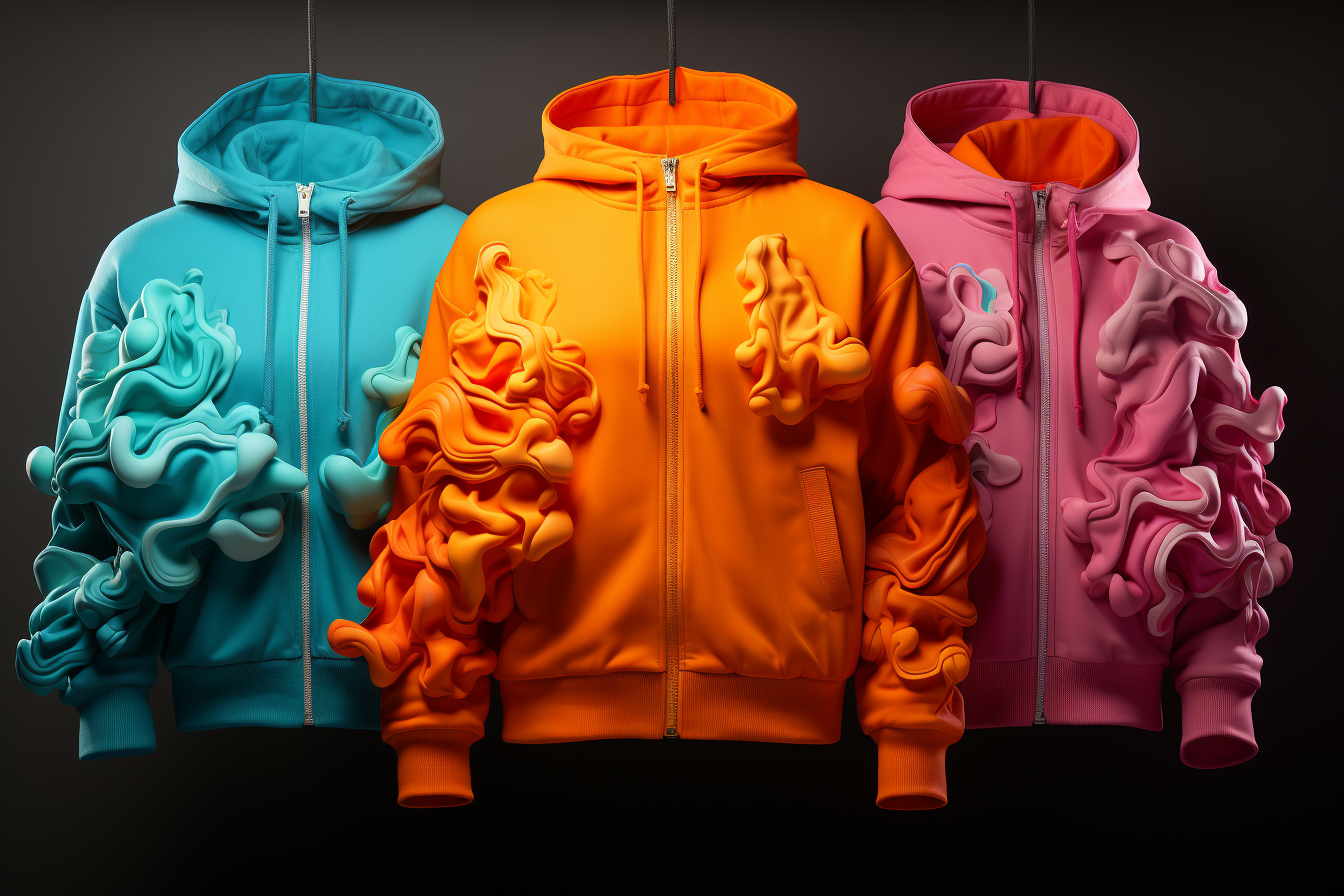
Understanding how texture contributes to brand identity is the step towards leveraging its potential for creating an immersive and captivating brand experience. Texture not only allows the audience to visually perceive the brand but also invites them to feel it establishing a connection between the brand and its consumers. As we delve into exploring the implementation of texture in design it becomes evident that texture is not just an embellishment but a core element in crafting a brand’s visual story. It has the power to convey depth, emotion, and personality in ways that colors and shapes alone cannot achieve.
Read more about the importance of texture in design:

Strategic Application of Texture, in Visual Design
As brands navigate the world of establishing an identity incorporating texture, visual design becomes a crucial tool for setting themselves apart. Here is a roadmap for brands to thoughtfully integrate texture into their storytelling. It ensures that every tactile element aligns with its brand strategy, maintains consistency across touchpoints, and strikes a harmonious balance with other design elements.
Aligning Texture with Brand Strategy
To begin integrating texture it is important to understand the brand’s core identity and strategic goals. The choice of textures should resonate with the brand’s values, messaging, and preferences of the target audience. They should act as an extension of the brand story. For example, if a brand wants to showcase its commitment to sustainability it may incorporate textures inspired by elements like wood grain or recycled paper. This alignment ensures that textures not only enhance aesthetics but also reinforce the brand’s mission and values making its visual messaging more coherent and impactful.
Analyze the integration of texture into the brand’s visual design:

Uniformity Throughout Touchpoints
Ensuring consistency in texture across all brand touchpoints is crucial, for building a brand identity. Maintaining consistency, across platforms, packaging, marketing materials, and product design is crucial in creating a seamless brand experience that reinforces recognition and trust. The use of textures plays a role in instantly identifying the brand across different mediums strengthening brand recall. For instance, a luxury fashion brand can establish a texture theme of silk and velvet on its website, social media platforms, and product packaging. This approach weaves a tactile narrative that customers specifically associate with the brand.
Learn the art of cohesive brand experiences across all touchpoints:
Balancing Texture with Other Design Elements
Balancing texture with design elements like color, typography, and layout is essential to create appealing designs with depth and dimension. It’s important to ensure that textures complement and enhance the design without overwhelming it. Designers must carefully consider the weight of textures to ensure they support the design instead of detracting from it. For example, using textured backgrounds on websites may hinder readability or distract from the content. Therefore textures should be used thoughtfully to enhance user experience and communication by adjusting their scale, opacity, and placement.

Practical Guidelines for Digital and Physical Textures
When it comes to applying textures to interfaces the main challenge is recreating the tactile sensation of textures in a two-dimensional space. Achieving this involves using techniques like shadow, light, and patterns to create the illusion of depth and materiality. On the other hand, when applying texture to products or packaging there is a direct tactile element involved. This provides an experience that greatly enhances the interaction between consumers and the brand. Regardless of whether it’s digital or physical texture should always be. Applied in a way that improves the user’s experience and makes the brand more accessible and memorable.
The strategic use of texture in design is a process that requires careful consideration. By aligning texture choices with the goals of the brand, maintaining consistency across all touchpoints, and finding a balance with design elements brands can utilize texture as a powerful tool to enhance their visual identity. This strategic integration does not improve the aesthetics of the brand. Also strengthens emotional connections, with audiences resulting in a more cohesive brand presence.
Explore the science of attraction behind brand designs:
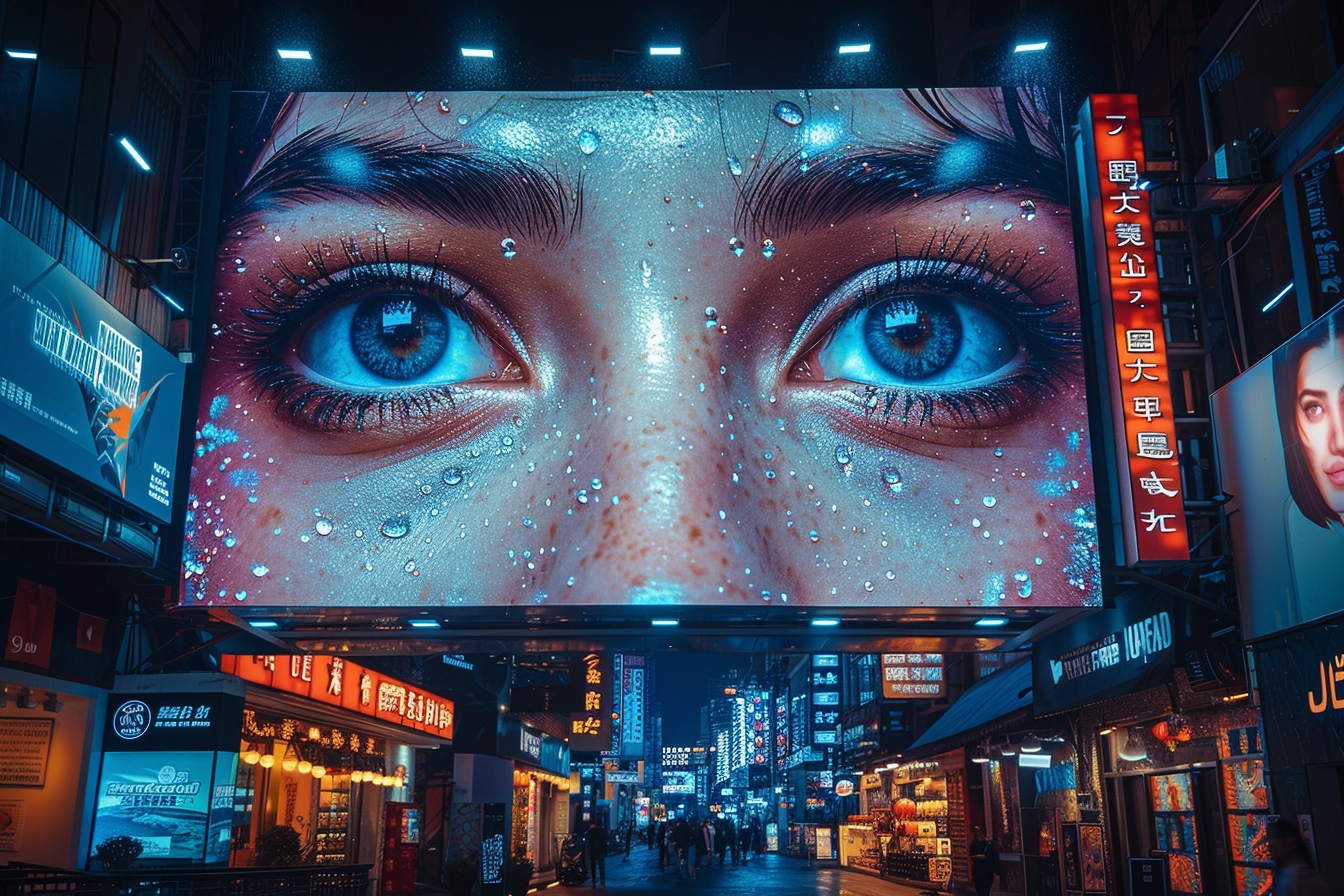
Practical Techniques for Incorporating Texture into Your Brand Visual Design
Once the importance of texture in shaping brand identity and ensuring consistency across touchpoints is established, our attention shifts to the practical aspects of integrating texture. This section will delve into techniques that designers can use to infuse texture into both physical brand elements. It offers insights on how to apply textures to elevate user experience and reinforce brand messaging.
Digital vs. Physical Textures
The application of texture differs between physical mediums presenting designers, with distinct opportunities and challenges. In spaces, textures need to be represented in a way that suggests a tactile experience. This is achieved through the use of gradients, shadows, and layering techniques that create depth and evoke a sense of materiality.
When it comes to textures they involve tactile sensations that can directly impact how consumers perceive and interact with a brand.
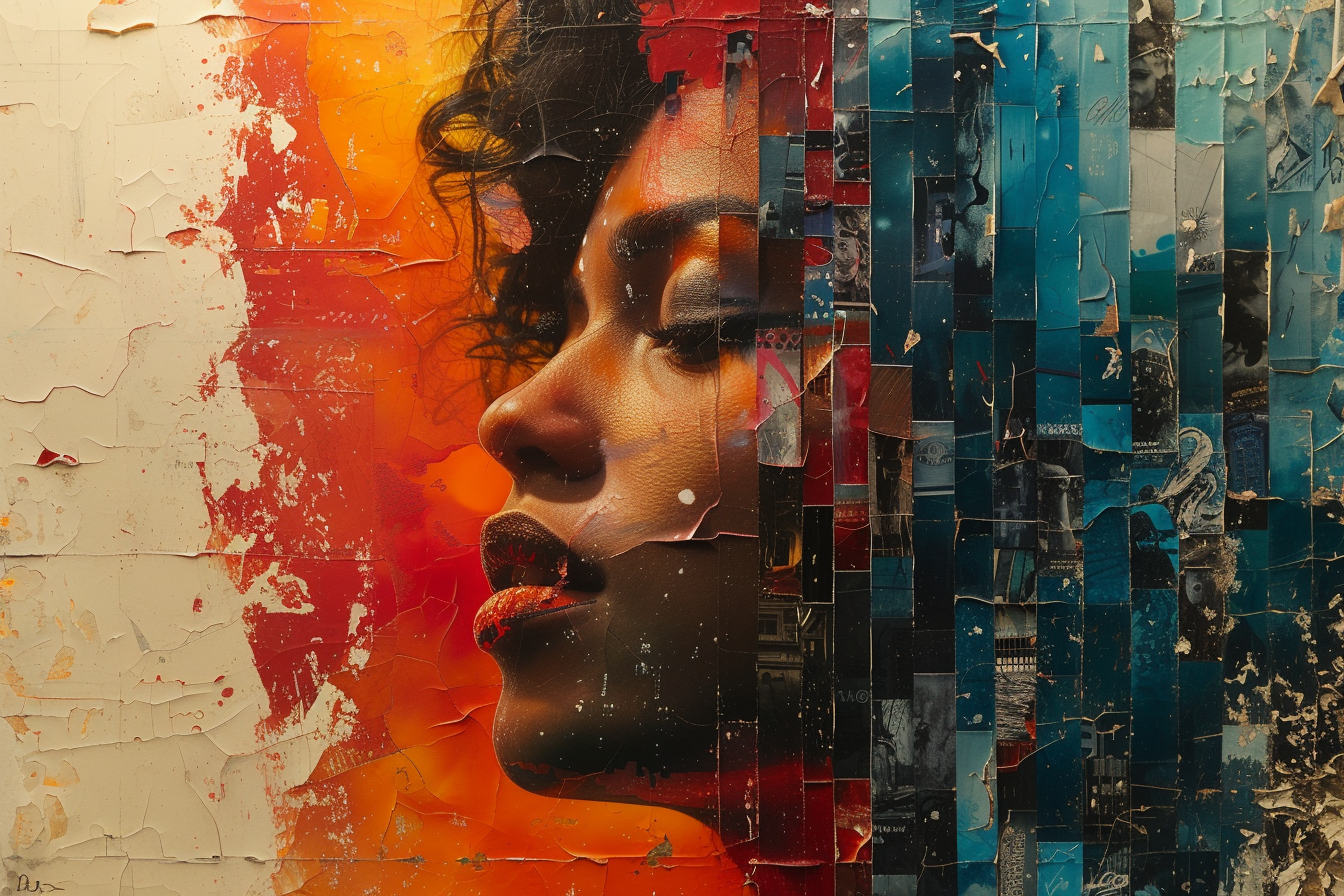
Incorporating Texture in Digital Design
For websites and mobile applications, you can use texture to create a background layer that adds depth to your web pages or app interfaces while still maintaining readability and usability. Subtle textures are great for separating sections of a website guiding the user’s eyes and improving navigation.
When it comes to elements like buttons, icons and other clickable elements applying texture can suggest interactivity. Enhance the overall click-through experience. Adding an emboss or shadow effect can make these elements more visually appealing, increasing engagement.
Learn about the brand strategy in digital age:
Leveraging Texture in Physical Brand Elements
In packaging design texture plays a role in transforming packaging from being purely functional to offering a brand experience. Think about incorporating logos, foil accents, or using textured papers that convey luxury, sustainability, or other brand values.

For product design purposes integrating texture into the product itself can improve both functionality and aesthetic appeal. For example adding textured grips, on tools or incorporating soft-touch materials on consumer electronics can enhance usability and satisfaction.
To make a lasting impact and leave an impression, consumers consider using paper for their business cards, brochures, and direct mail pieces. The tactile experience of holding a textured material can differentiate your brand in the minds of customers.
Tips for Choosing and Creating Textures
Consistency is Key: Make sure the textures you select are aligned with your brand identity and consistently used across all platforms and materials. This consistency reinforces brand recognition. Builds trust.
Consider Context and Functionality: Always take into account the context in which the texture will be experienced. A texture that works well on luxury product packaging might not be suitable for marketing materials. Never compromise functionality for the sake of aesthetics.
Customize and Innovate: Whenever possible create textures that are specific to your brand. This could involve capturing real-world textures through photography or designing textures from scratch. Customized textures can set your brand apart providing a visual identity.
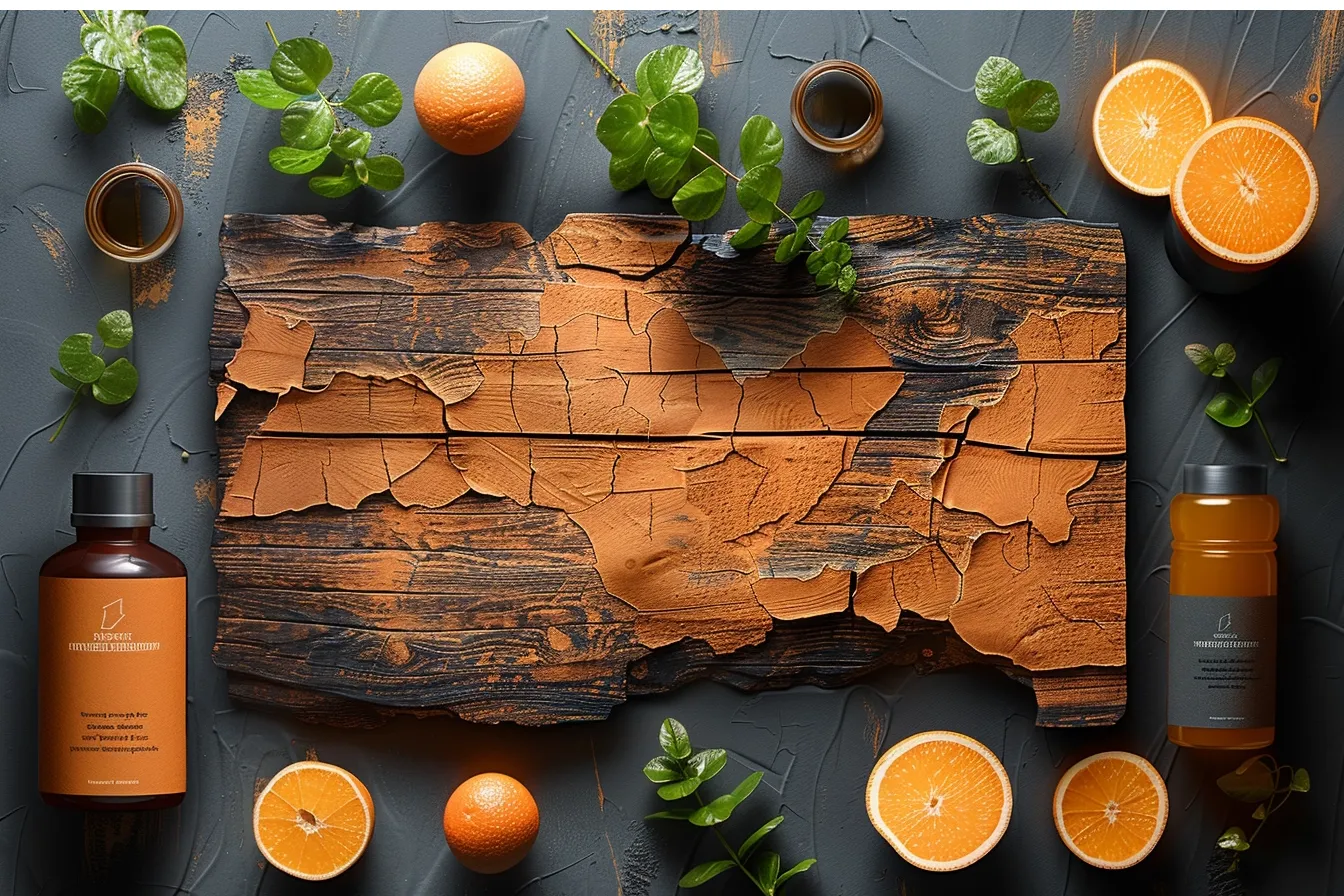
Integrating texture into your brand’s design requires a balance between creativity and strategic thinking. By selecting textures that align with your brand’s identity and incorporating them thoughtfully across both physical mediums you can create a more immersive and memorable brand experience.
Texture not only adds interest and depth but also engages our senses making your brand more tangible and relatable, to your audience. As we move forward let’s remember that texture is a storytelling tool that can convey your brand’s values and personality in a yet impactful way.
Evaluating the Impact of Texture on Brand Success
You will get to know the effectiveness of texture choices, refining them based on customer feedback and staying updated with emerging trends to keep your brand’s identity fresh and engaging.
Case Studies: Learning from Successful Brands
One of the ways to understand how texture impacts brand success is by studying successful brands that have effectively incorporated texture into their design strategy. These brands come from industries such as luxury goods or eco-friendly products, each utilizing texture to enhance brand recognition, communicate brand values, and improve user experience.
Examining these examples teaches lessons about how texture can set a product in the market and serve as a tool for establishing a strong emotional connection with customers.

Feedback: Refining Your Texture Strategy
The real measure of effectiveness for any design element, including texture, lies in how it’s received by the intended audience. Gathering feedback from customers through surveys, focus groups or user testing can provide insights into how textures are perceived and their impact on the overall user experience. This feedback is invaluable for refining your texture strategy. For example, if a particular texture on the packaging is found to be unappealing or difficult to handle adjustments can be made in iterations. Likewise, digital textures that may slow down website loading times or hinder usability can be optimized to strike the balance between appeal and functionality.
Adapting to Trends: The Future of Texture in Design
While the fundamental principles of integrating texture remain constant there are evolving trends in how textures are utilized. Staying informed about these trends is essential to keep your brand’s identity relevant and captivating. Emerging technologies like augmented reality (AR) and virtual reality (VR) open up horizons, for applying textures enabling users to feel textures in unprecedented ways.
Moreover, the adoption of design principles is also impacting the selection of textures as there is an increasing tendency to opt for materials and visual elements that embody eco-genuine authenticity.
Delve into the principles of new design styles:
Texture Integration: An Ongoing Journey
The ongoing process of integrating texture into your brand’s design is not a one-time task. Rather a constant journey of adaptation and refinement. It involves evaluating the impact of texture on your brand taking into account customer feedback and emerging trends. This ensures that your brand’s tactile identity remains vibrant and resonates with your audience. Thoughtful use of texture can greatly enhance brand recognition, convey seated brand values, and create a user experience that sets your brand apart in a competitive landscape.
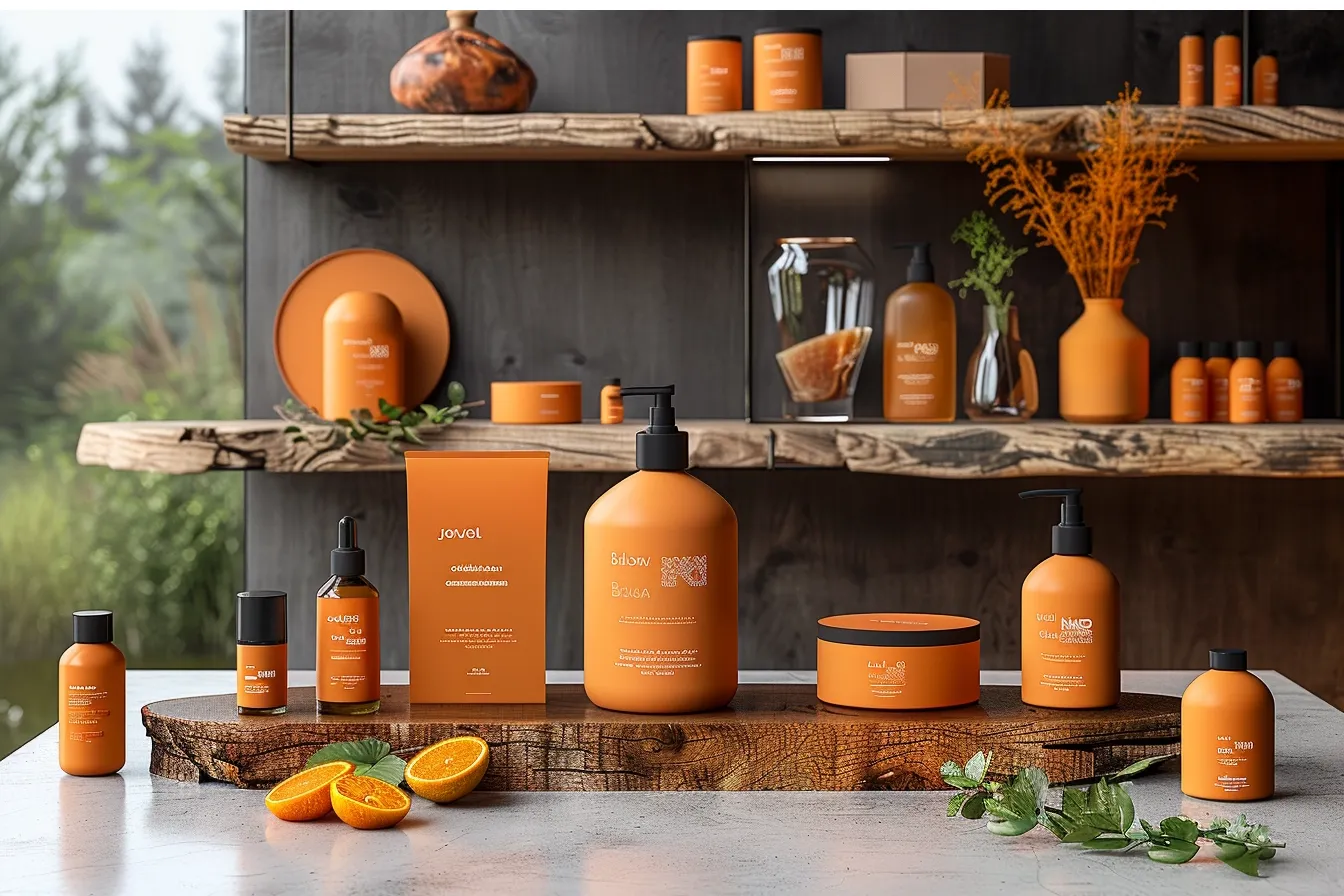
Strategically integrating texture into brand design is a tool for creating depth, emotion, and connection. Whether it’s through the touch of a product or the visual appeal of designs, texture plays a crucial role in crafting a captivating brand story. By studying case studies, listening to customer feedback, and adapting to design trends brands can navigate the intricacies of texture integration to achieve lasting success and make an impact. Embracing texture in design means embracing the opportunity to communicate with your audience on a sensory level. It adds layers of meaning and engagement to your brand narrative.



